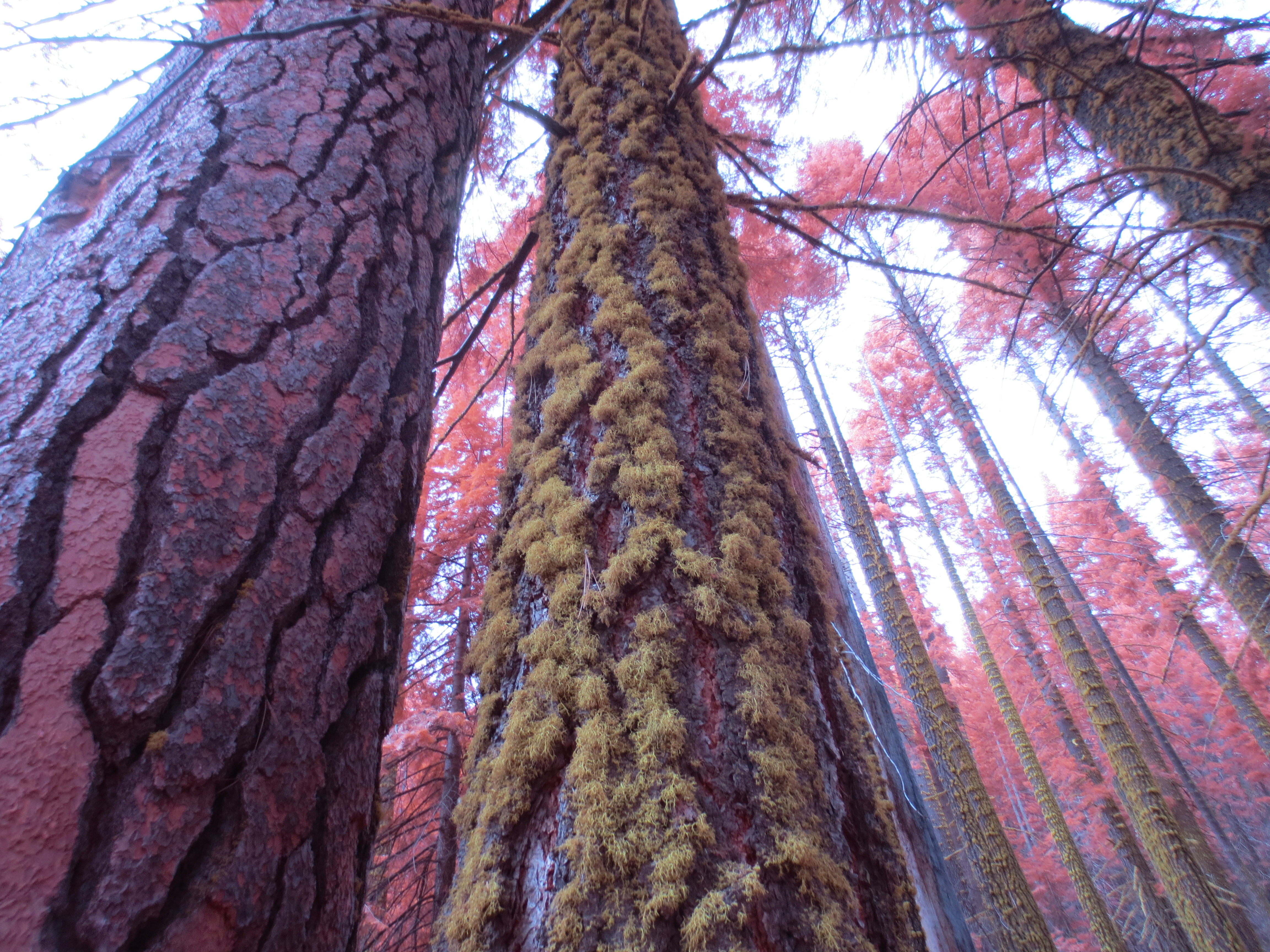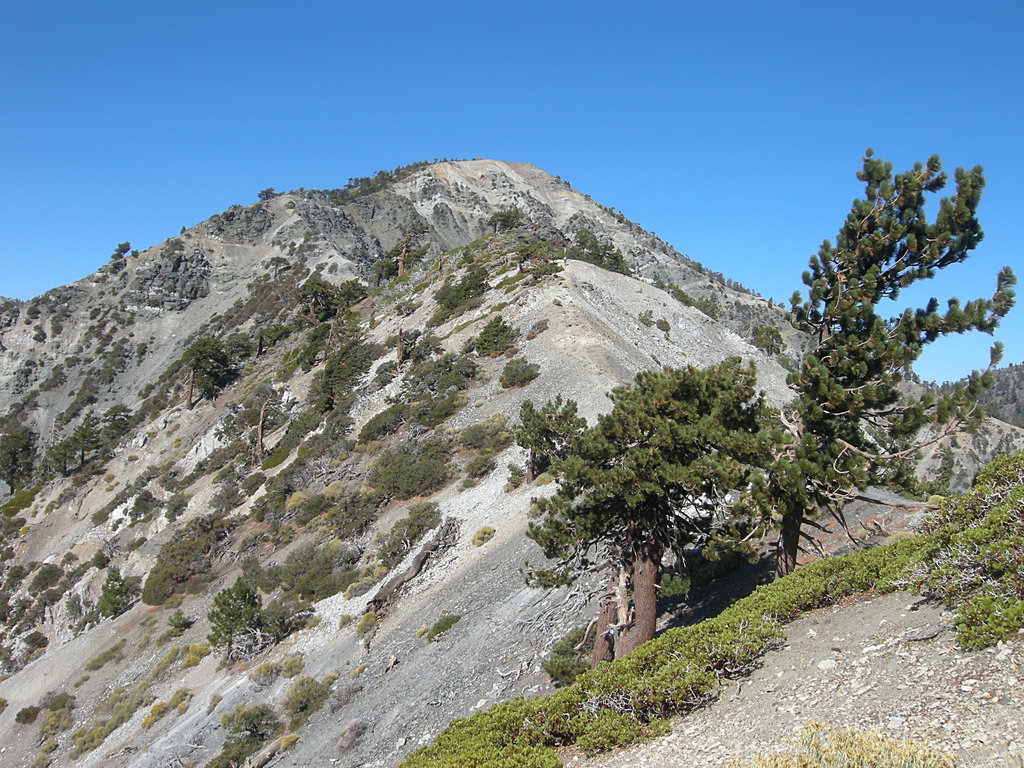|
Letharia Vulpina JHollinger Crop
''Letharia'' is a genus of fruticose lichens belonging to the family Parmeliaceae. There were historically two species of ''Letharia'': '' L. vulpina'' and '' L. columbiana''. Recent molecular sequence studies published in 2016 confirm at least 6 species in Western North America alone, with more expected to be confirmed using similar methods in other parts of the world. The typical photobiont is a green alga of genus ''Trebouxia ''Trebouxia'' is a unicellular green alga.Silverside, A. J. (2009). Retrieved from http://www.bioref.lastdragon.org/Chlorophyta/''Trebouxia''.html It is a photosynthetic organism that can exist in almost all habitats found in polar, tropical, a ...''. References Parmeliaceae Lecanorales genera Lichen genera Taxa named by Theodor Magnus Fries Taxa described in 1871 {{Parmeliaceae-stub ... [...More Info...] [...Related Items...] OR: [Wikipedia] [Google] [Baidu] |
Letharia Vulpina
''Letharia vulpina'', commonly known as the wolf lichen (although the species name ''vulpina'', from ''vulpine'' relates to the fox), is a fruticose lichenized species of fungus in the family Parmeliaceae. It is bright yellow-green, shrubby and highly branched, and grows on the bark of living and dead conifers in parts of western and continental Europe and the Pacific Northwest and northern Rocky Mountains of North America. This species is somewhat toxic to mammals due to the yellow pigment vulpinic acid, and has been used historically as a poison for wolves and foxes. It has also been used traditionally by many native North American ethnic groups as a pigment source for dyes and paints. Description The thallus, or vegetative body, has a fruticose shape — that is, shrubby and densely branched — and a bright yellow to yellow-green, or chartreuse color, although the color will fade in drier specimens. Its dimensions are typically in diameter. The vegetative reproductive ... [...More Info...] [...Related Items...] OR: [Wikipedia] [Google] [Baidu] |
Letharia Columbiana
''Letharia columbiana ''(common name brown-eye wolf lichen, synonyms ''Letharia californica'', ''Borrera columbiana'') is a common lichen in subalpine forests, particularly in the Pacific Northwest of the United States, and parts of Canada. It is in the family Parmeliaceae, and the genus '' Letharia''. Its characteristics include a bright citron color, “brown-eyes”, and rounded, irregular branches. Though previously believed to lump together several lineages such as ''Letharia gracilis'' and others, there now exists more specific characteristics to identify the species. This lichen grows on the bark of conifers a couple inches tall. ''L. Columbiana''’s cousin, ''Letharia vulpina ''(common name wolf lichen), has similar geographical distribution and morphological features, with the major difference being the “brown-eyes” of ''L. columbiana''. Habitat and distribution ''L. columbiana'' has a healthy distribution in subalpine forests of the United States and Canad ... [...More Info...] [...Related Items...] OR: [Wikipedia] [Google] [Baidu] |
Lichen Genera
A lichen ( , ) is a composite organism that arises from algae or cyanobacteria living among filaments of multiple fungi species in a mutualistic relationship.Introduction to Lichens – An Alliance between Kingdoms . University of California Museum of Paleontology. Lichens have properties different from those of their component organisms. They come in many colors, sizes, and forms and are sometimes plant-like, but are not s. They may have tiny, leafless branches (); flat leaf-like structures ( |
Lecanorales Genera
The Lecanorales are an order of mostly lichen-forming fungi belonging to the class Lecanoromycetes in the division Ascomycota. The order contains 26 families, 269 genera, and 5695 species. Families * Aphanopsidaceae * Biatorellaceae * Brigantiaeaceae * Bruceomycetaceae * Carbonicolaceae * Catillariaceae * Cladoniaceae * Crocyniaceae * Dactylosporaceae * Gypsoplacaceae * Haematommataceae * Lecanoraceae * Malmideaceae * Pachyascaceae * Parmeliaceae * Pilocarpaceae * Psilolechiaceae * Psoraceae * Ramalinaceae * Ramboldiaceae * Scoliciosporaceae * Sphaerophoraceae * Stereocaulaceae * Tephromelataceae * Vezdaeaceae Genera of uncertain placement There are several genera in the Lecanorales that have not been placed with certainty into any family. These are: *'' Coronoplectrum'' – 1 sp. *'' Ivanpisutia'' – 1 sp. *'' Joergensenia'' – 1 sp. *'' Myochroidea'' – 4 spp. *'' Neopsoromopsis'' – 1 sp. *''Psoromella ''Psoromella'' is a genus of lichenized fungi ... [...More Info...] [...Related Items...] OR: [Wikipedia] [Google] [Baidu] |
Species Fungorum
''Index Fungorum'' is an international project to index all formal names (scientific names) in the fungus kingdom. the project is based at the Royal Botanic Gardens, Kew, one of three partners along with Landcare Research and the Institute of Microbiology, Chinese Academy of Sciences. It is somewhat comparable to the International Plant Names Index (IPNI), in which the Royal Botanic Gardens is also involved. A difference is that where IPNI does not indicate correct names, the ''Index Fungorum'' does indicate the status of a name. In the returns from the search page a currently correct name is indicated in green, while others are in blue (a few, aberrant usages of names are indicated in red). All names are linked to pages giving the correct name, with lists of synonyms. ''Index Fungorum'' is one of three nomenclatural repositories recognized by the Nomenclature Committee for Fungi; the others are ''MycoBank'' and ''Fungal Names''. Current names in ''Index Fungorum'' (''Specie ... [...More Info...] [...Related Items...] OR: [Wikipedia] [Google] [Baidu] |
Trebouxia
''Trebouxia'' is a unicellular green alga.Silverside, A. J. (2009). Retrieved from http://www.bioref.lastdragon.org/Chlorophyta/''Trebouxia''.html It is a photosynthetic organism that can exist in almost all habitats found in polar, tropical, and temperate regions.Erokhina, L. G., Shatilovich, A. V., Kaminskaya, O. P., & Gilichinskii, D. A. (2004). Spectral Properties of the Green Alga ''Trebouxia'', a Phycobiont of Cryptoendolithic Lichens in the Antarctic Dry Valley. Microbiology,73(4), 420-424. doi:10.1023/b:mici.0000036987.18559Lukesova, A., & Frouz, J. (2007). Soil and Freshwater Micro-Algae as a Food Source for Invertebrates in Extreme Environments. Cellular Origin, Life in Extreme Habitats and Astrobiology Algae and Cyanobacteria in Extreme Environments,265-284. doi:10.1007/978-1-4020-6112-7_14Seckbach, J. (2007). Algae and cyanobacteria in extreme environments. Dordrecht: Springer. doi:https://doi.org/10.1007/978-1-4020-6112-7Seckbach, J. (2002). Symbiosis: Mechanisms and m ... [...More Info...] [...Related Items...] OR: [Wikipedia] [Google] [Baidu] |
Green Alga
The green algae (singular: green alga) are a group consisting of the Prasinodermophyta and its unnamed sister which contains the Chlorophyta and Charophyta/Streptophyta. The land plants (Embryophytes) have emerged deep in the Charophyte alga as sister of the Zygnematophyceae. Since the realization that the Embryophytes emerged within the green algae, some authors are starting to properly include them. The completed clade that includes both green algae and embryophytes is monophyletic and is referred to as the clade Viridiplantae and as the kingdom Plantae. The green algae include unicellular and colonial flagellates, most with two flagella per cell, as well as various colonial, coccoid and filamentous forms, and macroscopic, multicellular seaweeds. There are about 22,000 species of green algae. Many species live most of their lives as single cells, while other species form coenobia (colonies), long filaments, or highly differentiated macroscopic seaweeds. A few other organ ... [...More Info...] [...Related Items...] OR: [Wikipedia] [Google] [Baidu] |
Photobiont
A lichen ( , ) is a composite organism that arises from algae or cyanobacteria living among filaments of multiple fungi species in a mutualistic relationship.Introduction to Lichens – An Alliance between Kingdoms . University of California Museum of Paleontology. Lichens have properties different from those of their component organisms. They come in many colors, sizes, and forms and are sometimes plant-like, but are not s. They may have tiny, leafless branches (); flat leaf-like structures ( |
Parmeliaceae
The Parmeliaceae is a large and diverse family of Lecanoromycetes. With over 2700 species in 71 genera, it is the largest family of lichen-forming fungi. The most speciose genera in the family are the well-known groups: '' Xanthoparmelia'' ( 822 species), ''Usnea'' (355 species), ''Parmotrema'' ( 255 species), and ''Hypotrachyna'' (262 species). Nearly all members of the family have a symbiotic association with a green alga (most often ''Trebouxia'' spp., but '' Asterochloris'' spp. are known to associate with some species).Miadlikowska, J. ''et al.'' (2006). New insights into classification and evolution of the Lecanoromycetes (Pezizomycotina, Ascomycota) from phylogenetic analyses of three ribosomal RNA- and two protein-coding genes. ''Mycologia'' 98: 1088-1103. http://www.mycologia.org/cgi/reprint/98/6/1088.pdf The majority of Parmeliaceae species have a foliose, fruticose, or subfruticose growth form. The morphological diversity and complexity exhibited by this group is en ... [...More Info...] [...Related Items...] OR: [Wikipedia] [Google] [Baidu] |
San Gabriel Mountains
The San Gabriel Mountains ( es, Sierra de San Gabriel) are a mountain range located in northern Los Angeles County, California, Los Angeles County and western San Bernardino County, California, United States. The mountain range is part of the Transverse Ranges and lies between the Los Angeles Basin and the Mojave Desert, with Interstate 5 to the west and Interstate 15 to the east. The range lies in, and is surrounded by, the Angeles National Forest, Angeles and San Bernardino National Forest, San Bernardino National Forests, with the San Andreas Fault as its northern border. The highest peak in the range is Mount San Antonio, commonly referred to as Mt. Baldy. Mount Wilson (California), Mount Wilson is another notable peak, known for the Mount Wilson Observatory and the antenna farm that houses many of the transmitters for local media. The observatory may be visited by the public. On October 10, 2014, President Barack Obama, Obama designated the area the San Gabriel Mountains Nat ... [...More Info...] [...Related Items...] OR: [Wikipedia] [Google] [Baidu] |
Lichen
A lichen ( , ) is a composite organism that arises from algae or cyanobacteria living among filaments of multiple fungi species in a mutualistic relationship.Introduction to Lichens – An Alliance between Kingdoms . University of California Museum of Paleontology. Lichens have properties different from those of their component organisms. They come in many colors, sizes, and forms and are sometimes plant-like, but are not s. They may have tiny, leafless branches (); flat leaf-like structures ( |



.jpg)


